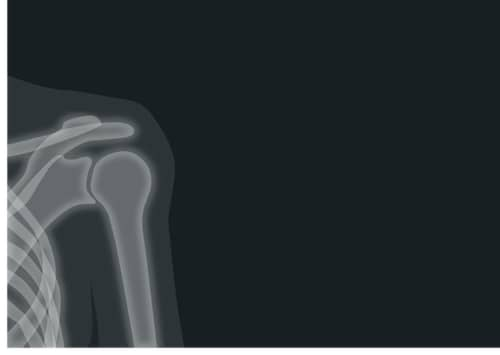Both sciatica and knee pain are frequently occurring musculoskeletal issues that can have a considerable impact on an individual’s well-being. However, there is confusion surrounding the connection between these two conditions. Can sciatica cause knee pain? Or maybe knee pain can cause sciatica?
Understanding Sciatica and Knee Pain
Sciatica is a term used to describe the pain that occurs when the sciatic nerve is compressed or irritated. This nerve, which is quite long, starts in the lower back and runs through the hips, buttocks, and down each leg. When the sciatic nerve is affected, it can lead to discomfort, tingling, numbness, and weakness along its pathway, even reaching the knee.
Conversely, there are diverse factors that can lead to knee pain, including injuries, arthritis, excessive use, and underlying health issues. This discomfort can present itself as a persistent throb, intense ache, or instability within the knee joint.
Sciatica and Knee Pain Connection
Although sciatica commonly begins in the lower back, it has the ability to travel down to the knee and even extend further. This occurrence is referred to as referred pain. When the sciatic nerve is compressed or irritated, it can interrupt regular nerve signals and result in sensations of pain in other regions, like the knee.
Nonetheless, it is worth mentioning that knee pain alone is improbable to induce sciatica. Sciatica typically develops due to conditions such as herniated discs, spinal stenosis, or degenerative disc disease. These conditions can exert pressure on the sciatic nerve roots, which causes the symptoms associated with sciatica.
Differentiating Between Sciatica and Knee Pain
It is important to accurately diagnose and treat sciatica and knee pain, and there are several significant contrasts to take into account.
- Sciatica usually travels along the leg from the lower back, whereas knee pain is concentrated in the knee joint.
- Indications: Sciatica can cause discomfort, a tingling sensation, a loss of feeling, or a sensation of weakness in the lower back, buttocks, thigh, calf, and foot. If experiencing knee pain, it may be accompanied by swelling, redness, stiffness, or a reduced ability to move the knee.
- Causes: Sciatica often occurs due to issues in the back like herniated discs or a narrowed spinal canal. On the other hand, knee pain can stem from different conditions such as ligament tears, meniscus injuries, arthritis, or patellofemoral syndrome.
Consulting a Medical Professional
If you have pain in your leg that begins at your knee and moves down, it is important to consult with a healthcare professional to receive a comprehensive evaluation. They will carefully evaluate your symptoms and medical history in order to determine the underlying cause of your pain. Additional diagnostic tests such as X-rays or MRI scans may be recommended to confirm the diagnosis.
The treatment options for sciatica and knee pain can differ depending on the root cause. These options may involve taking medication, undergoing physical therapy, doing exercises, receiving steroid injections, or, in more severe instances, having surgery. Your healthcare provider will be able to offer personalized advice based on your unique condition.
Conclusion
While sciatica can cause knee pain due to referred pain, knee pain alone is unlikely to cause sciatica. Understanding the connection between these conditions is essential for accurate diagnosis and effective treatment. If you’re experiencing knee pain that radiates down your leg, seek professional medical advice to address the underlying cause and get the appropriate treatment.
About the Author
Reyus Mammadli is the author of this health blog since 2008. With a background in medical and biotechnical devices, he has over 15 years of experience working with medical literature and expert guidelines from WHO, CDC, Mayo Clinic, and others. His goal is to present clear, accurate health information for everyday readers — not as a substitute for medical advice.







